Every Child Needs This: Learning Bravery with Compass Creative Dramatics
By Cathlyn Melvin, Development Director Compass Creative Dramatics My summer vacations as a kid were a whirlwind of gymnastics practice, camping across mosquito-infested Wisconsin, and terrifying just-after-dark sessions of “Ghost…
